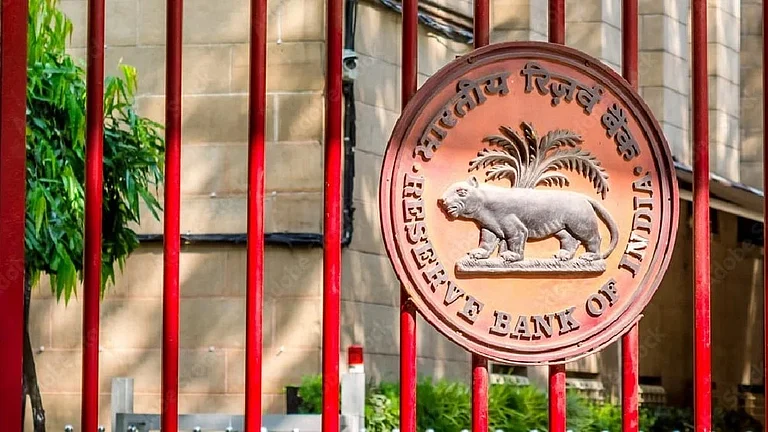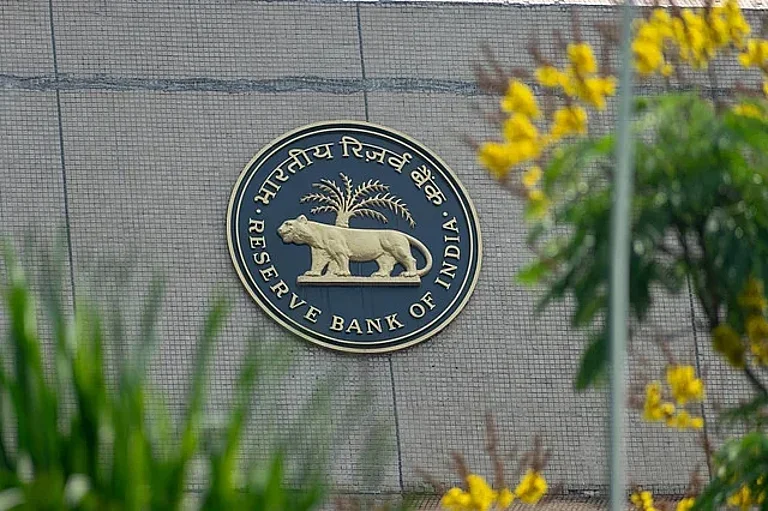'Know Your Customer' is a process to verify the identity of individuals used by financial institutions, ensuring secure transactions and preventing fraud. While growth of digital banking has also increased the threat of banking scams, and the most concerning of these is KYC fraud. It is important for individuals to understand what KYC fraud is and how to protect themselves.
What is KYC Fraud?
KYC fraud is a scam in which scammers pose as banks or other financial organisations in order to trick people into divulging their financial and personal information. Scammers typically use fake phone calls, emails, or messages, claiming that KYC updates or verification are necessary for an account. The target is to mislead victims into disclosing personal information, such as account numbers, passwords, or identification documents, which might then be used for fraudulent purposes like identity theft or unauthorised transactions.
Common Types of KYC Frauds
1. Fake KYC Request
Scammers pretend to be bank employees and threaten to suspend accounts in order to get victims to update their KYC data. Such information is never requested by legitimate banks.
2. Phishing Attacks
Fraudsters get personal information from social media and act as bank employees. By sending links to phoney websites or applications via SMS or email they convince people into providing their login information or one-time password.
3. Phone Impersonation
Fraudsters call victims posing as bank representatives and ask for KYC information in this scam. In order to get unauthorised access, they could persuade the victim to install malicious programs or provide them security codes.
4. SIM Swap Fraud
In this type of scam, fraudsters trick mobile service providers into switching a victim’s phone number to a new SIM card. After obtaining the victim's phone number, they may access KYC information and get around two-factor authentication, which enables them to carry out fraudulent or illegal activities.
How to Avoid KYC Fraud?
1. Verify Communication Sources
If you receive unsolicited requests for KYC details, always verify their authenticity by contacting your bank directly. Make use of the official phone numbers or email addresses provided on their original site. Since scammers often impersonate banks, so never respond to unknown messages.
2. Avoid Clicking Suspicious Links
Phishing scams often use emails or SMS messages to trick you into visiting fake websites that resemble legitimate ones. Your personal information is intended to be stolen by these websites. Never, ever click on links from unidentified sources.
3. Don’t Share Sensitive Information
Banks will never ask for sensitive information, including KYC details or OTPs. If you ever receive a call requesting such information, hang up immediately and do not share any personal details. Always verify the request by calling your bank’s official customer service number. Protect your personal data by avoiding unsolicited calls requesting sensitive information.
4. Enable Two-Factor Authentication (2FA)
Two-factor authentication adds an extra layer of security to your accounts. Always enable 2FA for your online banking and financial accounts. This ensures that nobody can access your account without the second authentication factor, even if they manage to steal your login information. For further protection, use 2FA and generate strong, unique passwords.
5. Monitor Your Accounts Regularly
Set up a habit of monitoring your bank account on a regular basis to search for any unexpected transactions. By checking your statements, you may detect fraudulent activity early and take action before it's too late. If you observe anything unusual notify your bank immediately to avoid additional financial loss.
















